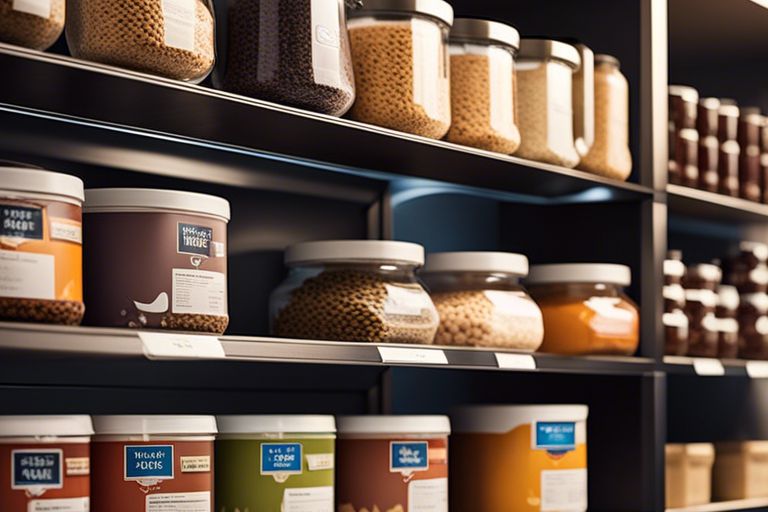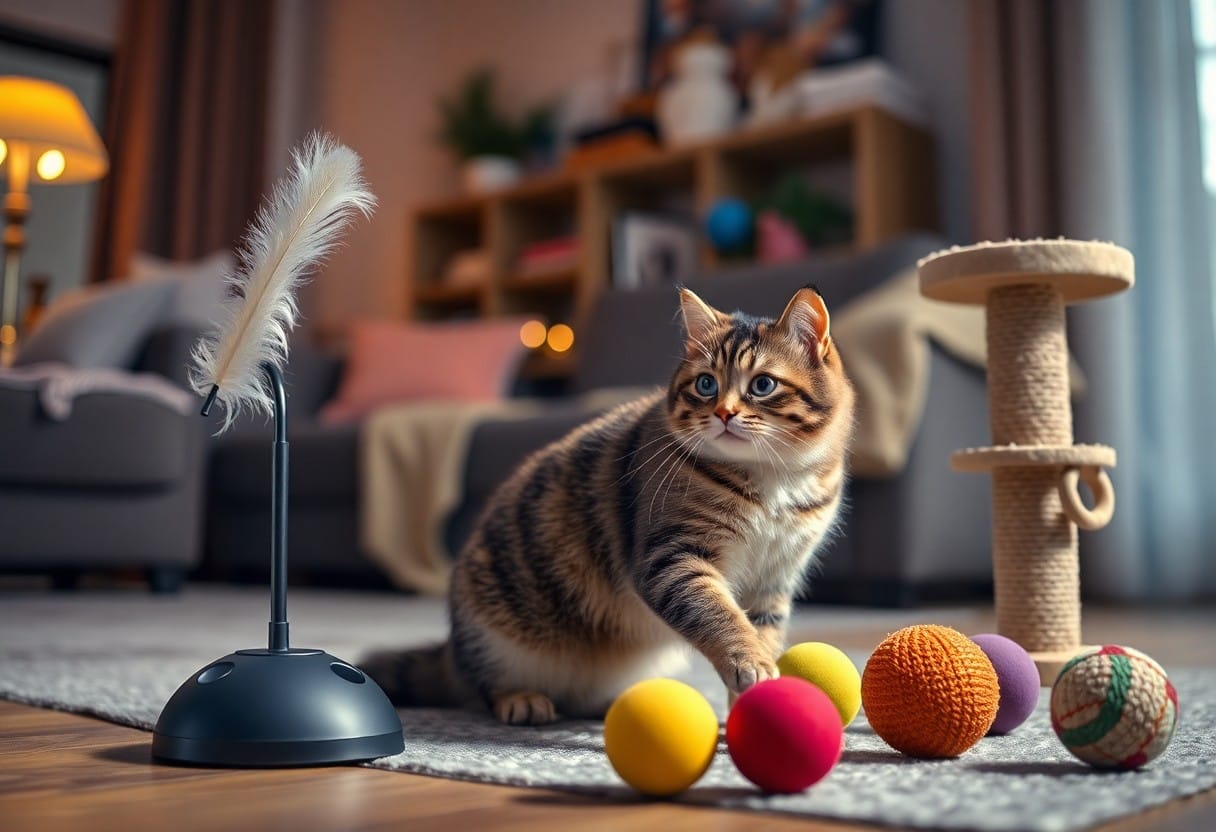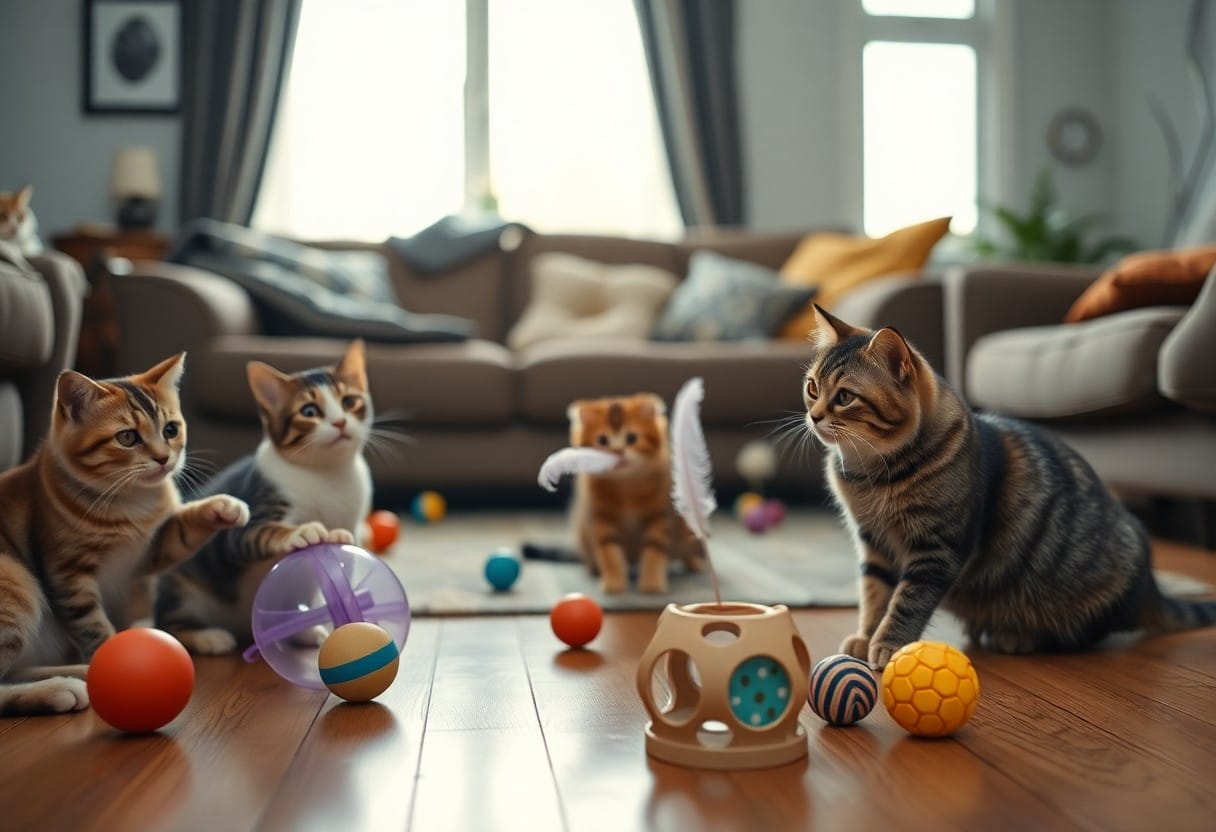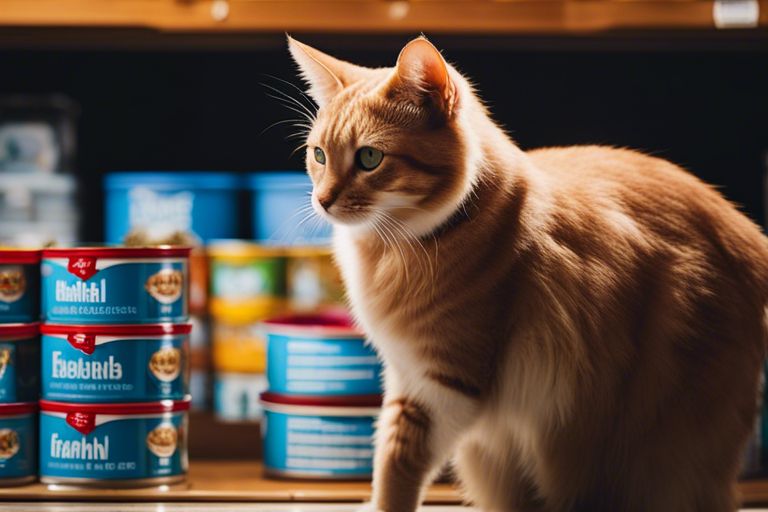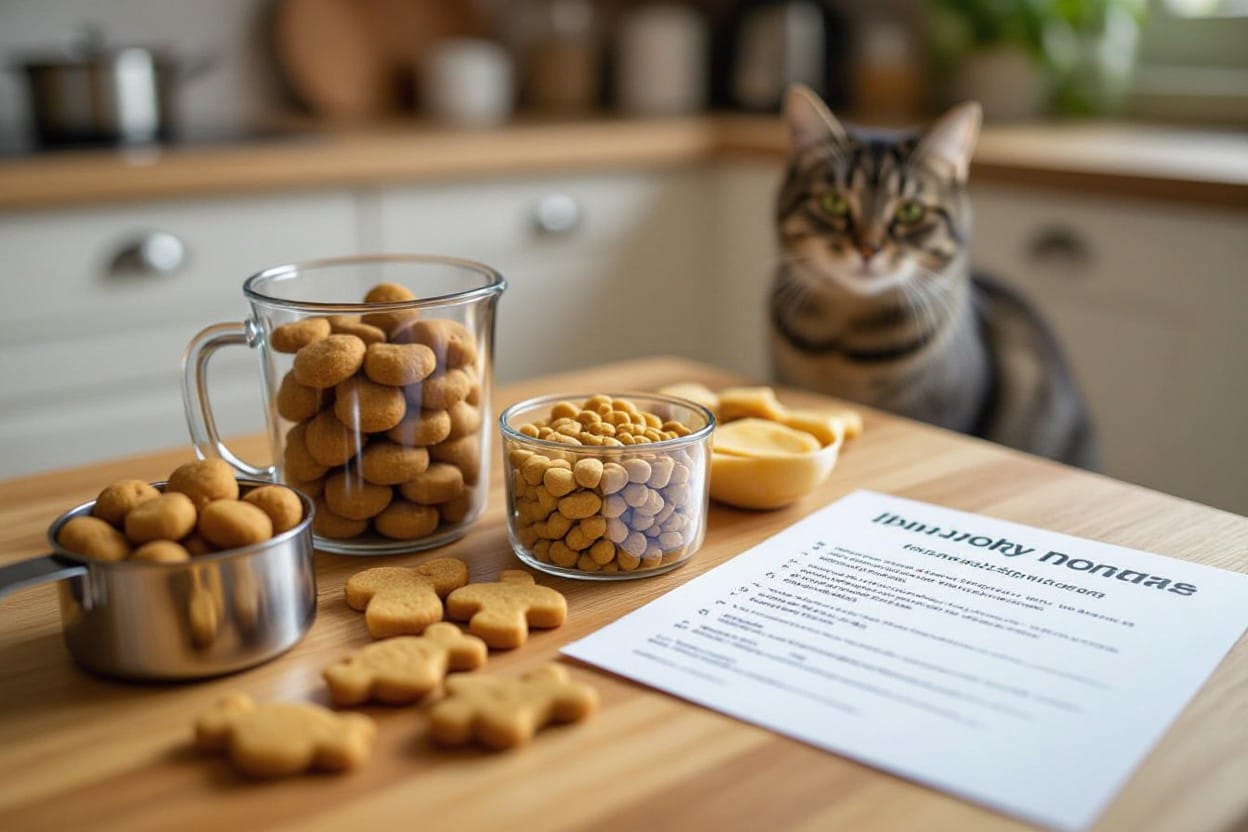Just like humans, cats need a well-balanced diet to thrive and stay healthy. With a multitude of cat food options available, choosing the right one can be overwhelming. In this comprehensive guide, we will break down everything you need to know to make an informed decision when selecting the best cat food for your feline friend. From understanding your cat’s nutritional needs to deciphering food labels, we’ve got you covered. Let’s ensure your cat gets the nourishment it deserves.
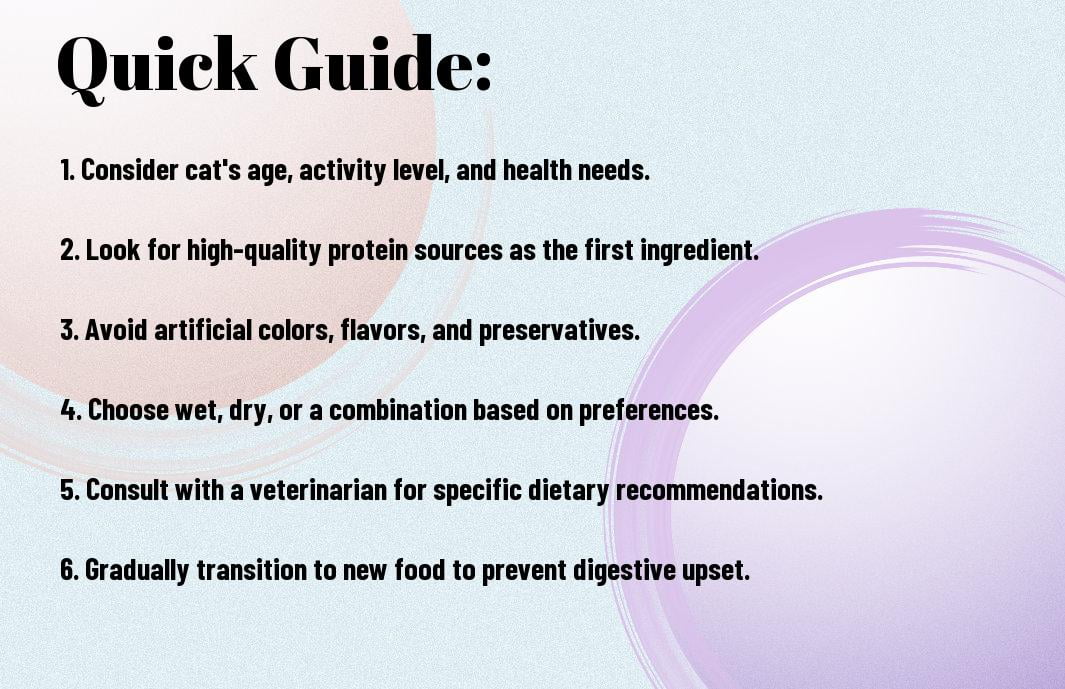
Understanding Cat Nutrition
Even though cats may seem like aloof and independent creatures, they are actually quite dependent on their human caretakers for meeting their nutritional needs. Providing the right balance of nutrients is crucial for ensuring your cat’s overall health and well-being.
Essential Nutrients for Cats
For cats to thrive, they require a diet that is rich in imperative nutrients such as protein, fats, carbohydrates, vitamins, and minerals. Cats are obligate carnivores, which means that they need a higher amount of protein in their diet compared to other animals. Protein is imperative for muscle maintenance, energy production, and overall health. Fats are another important energy source for cats and aid in the absorption of fat-soluble vitamins. Additionally, vitamins and minerals play a crucial role in supporting various bodily functions, from maintaining a healthy coat to supporting a strong immune system.
Deconstructing Cat Food Labels
On the surface, cat food labels can be overwhelming with a plethora of information. However, understanding how to deconstruct these labels can help you make informed decisions about your cat’s diet. Look for a statement from the Association of American Feed Control Officials (AAFCO) on the label, indicating that the food is complete and balanced for cats of a specific life stage. Ingredients are listed in descending order by weight, so ensure that high-quality protein sources, such as meat or meat meals, are at the top of the list. Avoid foods with excessive fillers, artificial additives, or unspecified meat by-products.
To investigate deeper into the quality of the ingredients, look for specific named protein sources like chicken, beef, or fish instead of generic terms like ‘meat.’ Avoid foods with vague descriptions such as ‘animal by-products’ or ‘poultry meal,’ as these can be sources of lower quality protein. Additionally, check for the guaranteed analysis on the label, which provides information about the minimum percentages of protein and fat and the maximum percentages of fiber and moisture in the food.
Types of Cat Food
You have a variety of options to choose from when it comes to cat food. Each type has its own benefits and considerations. It’s important to pick the right food that meets your cat’s nutritional needs based on their age, activity level, and health requirements.
- Dry Cat Food
- Wet Cat Food
- Raw and Homemade Food Diets
- Prescription Diets
After considering your cat’s individual needs, you can decide on the most suitable type of cat food for them.
Dry Cat Food
Food in the form of dry cat food is convenient and can be left out for grazing throughout the day. It is often more affordable than wet cat food and helps with dental health by reducing tartar buildup. However, some cats may not drink enough water when eating dry food, leading to potential dehydration issues.
Wet Cat Food
Some cats prefer the taste and texture of wet cat food as it is more similar to their natural diet. Wet cat food typically has higher moisture content, which helps in maintaining hydration. It can be beneficial for cats with dental problems or those who need to lose weight, as it is lower in carbohydrates.
A balanced mix of wet and dry food can be a good option to provide your cat with the benefits of both types of food. A gradual transition may be required when switching between wet and dry food to prevent digestive upsets.
Raw and Homemade Food Diets
Best suited for pet owners who want full control over their cat’s diet, raw and homemade food diets consist of fresh ingredients and natural proteins. This type of diet can mimic a cat’s natural eating habits and provide them with imperative nutrients. However, it requires careful preparation to ensure a balanced diet and can be more time-consuming and expensive.
Plus, consult with a veterinarian or a pet nutritionist before switching your cat to a raw or homemade food diet to ensure that it meets all their nutritional requirements and dietary needs.
Prescription Diets
Best recommended for cats with specific health conditions, prescription diets are formulated to address various health issues such as kidney disease, diabetes, or urinary tract problems. These diets are available by prescription only and are designed to support your cat’s health and well-being.
Feeding your cat the right type of food is crucial for their overall health and longevity. Consult with your veterinarian to determine the most suitable option for your furry friend based on their individual needs and preferences.
Factors to Consider When Choosing Cat Food
All cat owners want to provide the best nutrition for their feline companions. With so many options available in the market, it can be overwhelming to choose the right cat food. However, by considering a few key factors, you can make an informed decision that meets your cat’s specific needs.
Life Stage Requirements
To ensure your cat’s nutritional needs are being met, it is crucial to select a cat food that is appropriate for their life stage. Kittens, adult cats, and senior cats all have different dietary requirements. Kittens need food that supports their growth and development, while senior cats may benefit from a diet that supports their aging bodies. Make sure to choose a cat food that is specifically formulated for your cat’s life stage to promote optimal health and well-being.
Activity Levels and Weight Management
Clearly, a cat’s activity level and weight should also be taken into consideration when choosing the right cat food. An active cat may require a diet higher in calories to fuel their energy needs, while a less active cat may need a lower calorie diet to prevent weight gain. Additionally, overweight cats or those prone to obesity may benefit from a weight management formula that helps them maintain a healthy weight.
Another important consideration is the protein and fat content of the cat food. Higher protein content is necessary for active cats to support muscle maintenance and energy levels, while lower fat content may be more suitable for cats with weight management issues. By understanding your cat’s activity level and weight, you can choose a cat food that appropriately addresses their nutritional needs.
Health Issues and Special Needs
For cats with specific health issues or special dietary needs, it is necessary to choose a cat food that caters to their unique requirements. Some cats may have food sensitivities or allergies that require a limited ingredient diet, while others may benefit from a prescription diet to manage medical conditions such as kidney disease or diabetes. Consulting with your veterinarian can help determine the best cat food for your cat’s specific health needs.
Consider any dietary restrictions or sensitivities your cat may have when selecting cat food. Look for formulas that are free from common allergens or ingredients that may exacerbate underlying health conditions. Choosing a cat food that addresses your cat’s health issues and special needs can help support their overall well-being and quality of life.
Step-by-Step Guide to Choosing the Right Cat Food
Once again, choosing the right cat food for your furry friend can be a daunting task, but breaking it down into manageable steps can simplify the process. Here is a step-by-step guide to help you make an informed decision when selecting the best food for your cat.
| Evaluating Your Cat’s Nutritional Needs | The Ingredient List and What to Look For |
| The first step in choosing the right cat food is to evaluate your cat’s nutritional needs. Consider factors such as age, activity level, and any health conditions your cat may have. Consult with your veterinarian to determine the appropriate amount of calories, protein, fats, and carbohydrates your cat requires. | Choosing a cat food with high-quality ingredients is imperative for your cat’s overall health. Look for named animal protein sources such as chicken, turkey, or salmon as the first ingredients. Avoid foods with fillers like corn, wheat, and soy, as well as artificial colors, flavors, and preservatives. |
Evaluating Your Cat’s Nutritional Needs
The foundation of a healthy cat starts with meeting its unique nutritional requirements. Understanding your cat’s age, weight, activity level, and any specific dietary needs is crucial in selecting the right food for them. Consult with your veterinarian for guidance on creating a balanced diet plan that meets all your cat’s nutritional needs.
The Ingredient List and What to Look For
Choosing a cat food with high-quality ingredients is paramount for your cat’s well-being. The ingredient list provides valuable insight into the nutritional content of the food. Look for whole meat sources, such as chicken, beef, or fish, listed as the primary ingredients. Avoid foods that contain meat by-products, artificial additives, and fillers like corn or soy, as they offer little nutritional value to your cat.
StepbyStep
Deciphering the Nutritional Adequacy Statement
Look for the nutritional adequacy statement on the cat food packaging, which indicates if the food is complete and balanced for a specific life stage, such as growth, maintenance, or all life stages. This statement ensures that the food meets the minimum nutritional requirements set by the Association of American Feed Control Officials (AAFCO) for cats.
Food
Deciphering the nutritional adequacy statement is imperative in ensuring that the cat food you choose provides your cat with all the necessary nutrients they need to thrive. Make sure to select a food that is appropriate for your cat’s life stage to support their overall health and well-being.

Tips for Introducing New Food
Despite your best intentions, introducing a new cat food to your feline friend can sometimes be a tricky process. Cats can be quite selective eaters and may not immediately take to a new diet. However, with the right approach, you can smoothly transition your cat to a new food without causing any digestive upsets or mealtime drama.
- Gradually mix the new food with your cat’s current food over a period of about 7-10 days. Start with a small amount of the new food and increase the ratio of new to old food each day.
- Observe your cat’s behavior and appetite during the transition period. If your cat shows signs of digestive upset or refuses to eat the new food, slow down the transition process.
- Offer the new food in a clean and calm environment to minimize stress and distractions during meal times.
Transitioning to a New Food
Tips for transitioning your cat to a new food include gradually mixing the new food with the current food and monitoring your cat’s reaction closely.
Monitoring Your Cat’s Reaction to a New Diet
Even with a gradual transition, some cats may experience digestive issues or show reluctance to the new food. Monitoring your cat’s reaction is key to ensuring a successful switch to a new diet.
For instance, keep an eye on your cat’s stool consistency and frequency during the transition period. Loose stools or vomiting could indicate that the new food is causing digestive upset. If these symptoms persist, consult your veterinarian for advice on how to proceed.
Adjusting Portions and Feeding Frequency
On top of monitoring your cat’s reaction, adjusting portions and feeding frequency can help ease the transition to a new food. Your veterinarian can provide guidance on the appropriate portion sizes based on your cat’s age, weight, and activity level.
The Pros and Cons of Popular Brands and Trends
Now, let’s take a closer look at the pros and cons of some popular cat food brands and trends. It’s important to understand the benefits and potential drawbacks of each before making a decision for your feline companion.
Grain-Free Diets
With the rising popularity of grain-free diets for cats, many pet owners are opting for these formulas in the belief that they more closely mimic a cat’s natural diet. The pros of grain-free diets include potentially reducing the risk of food allergies and sensitivities in some cats. However, it’s vital to note that grain-free diets may not be suitable for all cats, and some may actually benefit from the fiber and nutrients found in certain grains like rice or oats.
Organic and Natural Foods
If you’re considering organic and natural foods for your cat, you may be drawn to the promise of higher quality ingredients and fewer artificial additives. These diets are often free from fillers and by-products, which can be beneficial for cats with sensitive stomachs or allergies. However, it’s vital to carefully read labels and ensure that the organic or natural claims are backed up by reputable certifications to truly guarantee the quality of the product.
If you decide to choose organic and natural foods for your cat, remember that just like with any other type of cat food, it’s crucial to transition gradually to prevent digestive upset. Always consult with your veterinarian to determine if organic and natural foods are the right choice for your cat’s specific nutritional needs.
Boutique and Artisanal Brands
Assuming you are considering boutique and artisanal brands for your cat, you may appreciate the unique recipes and higher quality ingredients that these small-batch producers offer. These brands often prioritize sustainability, ethical sourcing, and novel protein sources, which can be appealing to many pet owners. However, one potential downside of boutique and artisanal brands is the higher price point compared to mass-produced cat foods.
Another important factor to consider when choosing boutique and artisanal brands is the company’s reliability and track record. It’s crucial to do your research and ensure that the brand follows appropriate guidelines for pet food manufacturing and has a good reputation for quality and safety.
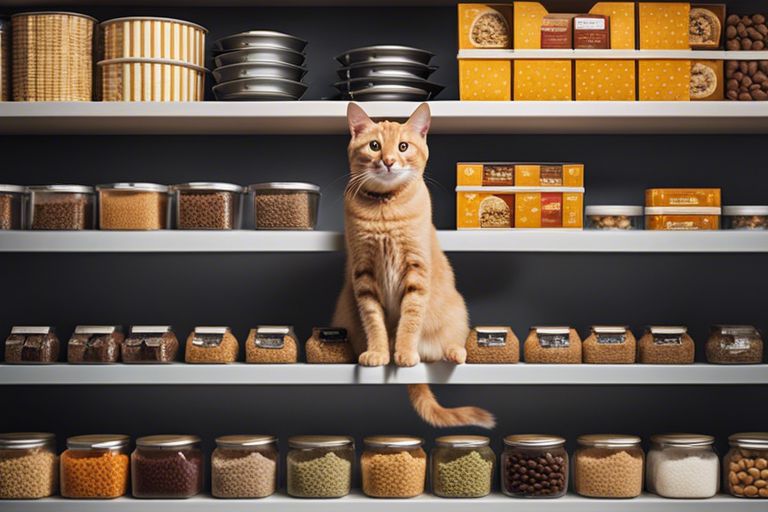
Additional Considerations
Budgeting for Quality Cat Food
To ensure your cat receives the necessary nutrients for optimal health, you must budget for quality cat food. While it may be tempting to opt for more affordable options, remember that the long-term health benefits of a balanced diet far outweigh the short-term cost savings. Look for cat foods with high protein content and limited fillers to provide your feline friend with the nutrition they need.
Understanding Food Recalls and Safety
To guarantee the safety of your cat, it’s crucial to stay informed about food recalls and safety measures within the pet food industry. Regularly check for any recalls on your chosen cat food brands and stay updated on best practices for safe food handling and storage. By being proactive and vigilant, you can ensure that your cat’s food is of the highest quality and free from any potential risks.
Food recalls can happen for a variety of reasons, including contamination or mislabeling. It is vital to keep an eye out for any notifications from the Food and Drug Administration (FDA) or the manufacturer regarding the cat food you purchase. Stay informed and take immediate action if there are any concerns about the safety of the cat food you are providing to your furry companion.
To wrap up
Following this ultimate guide to choosing the right cat food will help you make informed decisions that prioritize your cat’s health and well-being. By understanding your cat’s nutritional needs, checking labels for quality ingredients, and avoiding harmful additives, you can ensure that your feline friend receives the nutrition they require to thrive.
Remember to consult with your veterinarian if you have any concerns or questions about your cat’s diet. They can provide tailored recommendations based on your cat’s age, breed, activity level, and any specific health concerns. With the right cat food, you can help your feline companion live a long, healthy, and happy life.
FAQ
Q: Why is it important to choose the right cat food?
A: Choosing the right cat food is crucial for your cat’s overall health and well-being. A well-balanced diet can help prevent health issues and ensure your cat lives a long and healthy life.
Q: What should I look for in a good cat food?
A: Look for cat foods that have high-quality protein sources, imperative vitamins and minerals, and are free from fillers and artificial additives. It’s also important to consider your cat’s age, weight, and any specific dietary needs.
Q: Should I choose dry or wet cat food?
A: Both dry and wet cat food can be nutritious options for your cat. Wet cat food can help with hydration, while dry cat food can help with dental health. It’s best to offer a combination of both or choose based on your cat’s preferences and needs.
Q: How can I transition my cat to a new cat food?
A: To transition your cat to a new cat food, mix small amounts of the new food with the old food over a period of 7-10 days. Gradually increase the amount of new food while decreasing the old food until your cat is fully transitioned.
Q: Are homemade cat diets a good choice?
A: Homemade cat diets can be a good choice if well-balanced and formulated with the guidance of a veterinarian or animal nutritionist. It’s important to ensure the diet meets all of your cat’s nutritional needs to avoid deficiencies or health issues.
